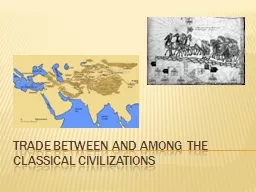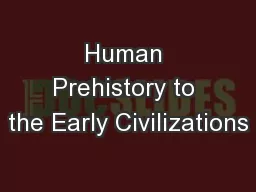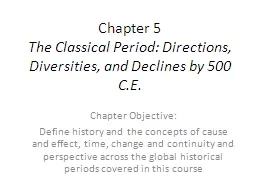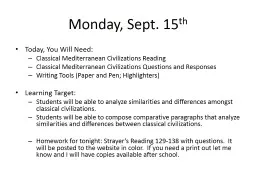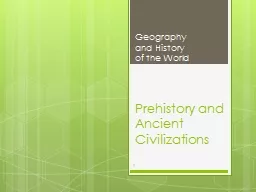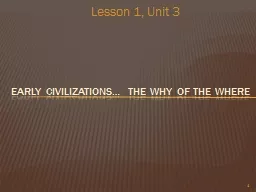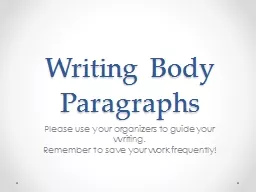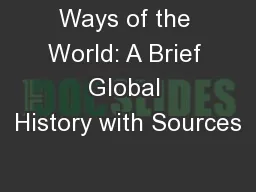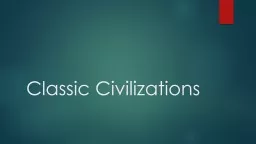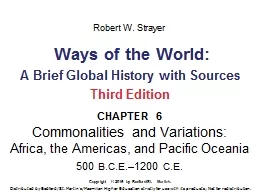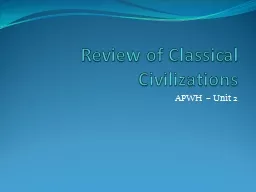PPT-Trade between and among the classical civilizations
Author : phoebe-click | Published Date : 2017-01-19
Who did they trade with Who did they trade with Not part of the main Silk Road however active regional trade Mediterranean Trade What What they traded Animals
Presentation Embed Code
Download Presentation
Download Presentation The PPT/PDF document "Trade between and among the classical ci..." is the property of its rightful owner. Permission is granted to download and print the materials on this website for personal, non-commercial use only, and to display it on your personal computer provided you do not modify the materials and that you retain all copyright notices contained in the materials. By downloading content from our website, you accept the terms of this agreement.
Trade between and among the classical civilizations: Transcript
Download Rules Of Document
"Trade between and among the classical civilizations"The content belongs to its owner. You may download and print it for personal use, without modification, and keep all copyright notices. By downloading, you agree to these terms.
Related Documents

